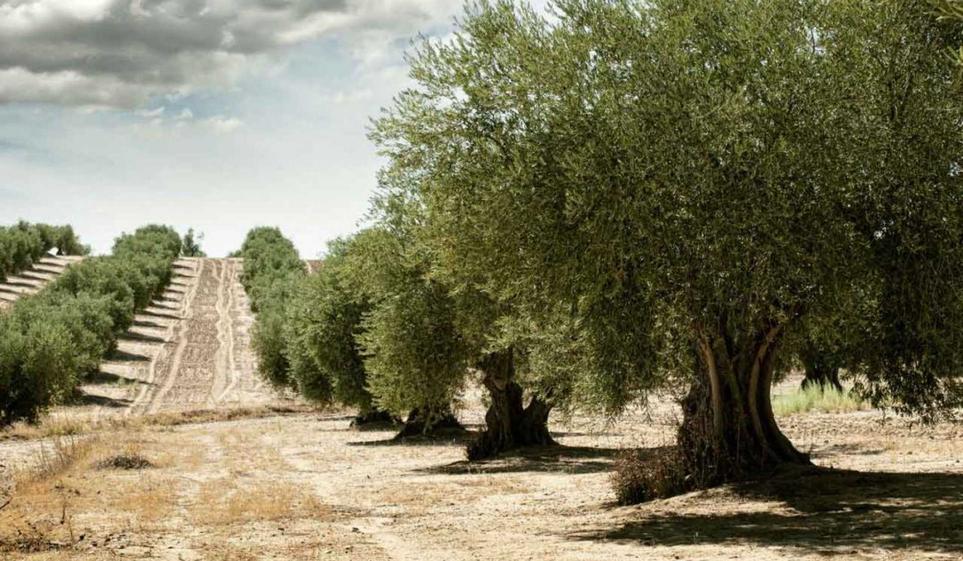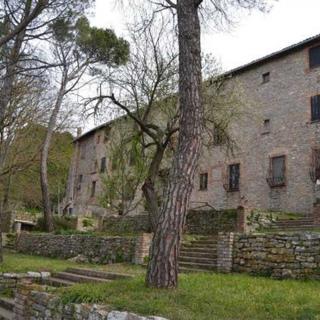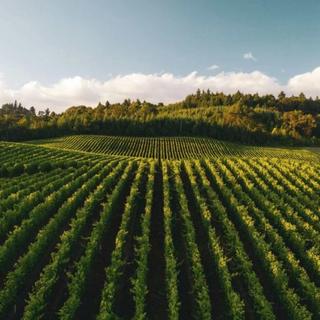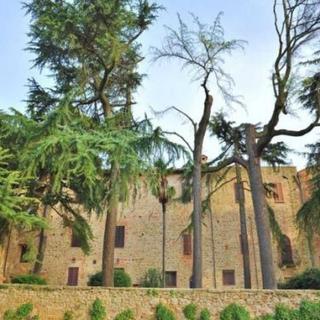
Olives Groves in Umbria. Which varieties and where to buy
Some advice on the best areas to grow olive trees
Olive groves and vineyards are typical of the Umbrian and Tuscan landscape. Wandering the streets of these two regions you will surely have admired the terraced foothills and the gentle hills dotted with these splendid trees, some very old.
In this article we will learn more about olive growing in Umbria, we will see which are the typical cultivars of the region and the best areas to buy an olive grove.
The history of the olive tree in Umbria.
Although the olive tree is not an autochthonous plant of the region, the love story between Umbria and this plant with delicious fruits dates back to a long time ago, so much so that over the centuries it became one of the most characteristic typical products of the region. In fact, the Etruscan civilization, beyond the right bank of the Tiber, was the first to cultivate the olive tree using the fruit for direct consumption. This was evidenced by the discovery of pits from olives in containers placed inside Etruscan tombs of the seventh century BC. around the village of Trevi where, among other things, there is one of the oldest olive trees in Italy, the olive tree of Sant'Emiliano, which has a trunk with a perimeter of 9 m and is between 1500 and 2000 years old!
Also in Orvieto the mill called Mulino di Santa Chiara has pressed olives since the time of the Etruscans and remained in operation until the seventeenth century. During the age of the ancient Romans the cultivation of the olive tree was greatly encouraged. Lower Umbria and Sabina have in fact supplied the capital of the empire with oil for centuries.
Discover our properties for sale in Orvieto
With the crisis of the Roman market there was a progressive abandonment of the olive groves and the decline of the olive oil activity, which however taken over by the monastic orders repopulated the plots of land around the monasteries with olive trees.
Near the village of Otricoli, there are numerous monumental examples of olive trees, probably coeval with the Church of S. Vittore, built a few meters further on at the end of the fourteenth century.
Over the centuries, the cultivation of this plant has interested the Umbrian population so much that the French geographer Henri Desplanques, in 1975, wrote that "the agricultural landscapes of the Tuscan-Umbrian-Marche hills were created "as if there was no other concern. than beauty".
The olive cultivars present in Umbria
Umbria is a region rich in varieties of olive trees, each with its own peculiarities and characteristics, which produce oils with different aromas and tastes. The most widespread variety or cultivar is undoubtedly the Moraiolo, which is a very productive plant and the most suitable for the Umbrian climatic and soil conditions. Its olives have a good oil content, typically with a fruity scent but with hints of bitter and spicy.
After Moraiolo, we have Frantoio and Leccino. The first is one of the most widespread varieties in Italy, used for its high productivity and oil yield, which is very aromatic and dark green in color with golden reflections. The second with a lower productivity but which results in an oil with a delicate and refined flavor.
Finally, albeit with lesser probabilities, it is possible to find in Umbria cultivars such as Dolce Agogia, San Felice, Raio and others.
The best areas in Umbria for olive tree cultivation
Olive plantations are widespread in both the provinces of Perugia and Terni and are found above all on the hills that flank the Terni basin and the Umbrian Valley, at altitudes ranging from 150-200 m in the first and up to 500-600 m in the second, above Foligno, Trevi, Campello, Spoleto.
Other areas with a high diffusion of olive trees are those overlooking the middle Valtiberina and the neighbouring area of Lake Trasimeno, such as the area of Castiglione del Lago.
Discover our properties for sale in Castiglione del Lago!
The Trasimeno area is in fact one of the best and most suggestive areas for the cultivation of the olive tree. The territory looks like a hilly amphitheater that almost entirely surrounds the lake - one of the largest in Italy - except on the western part, where it opens onto a flat belt towards Tuscany. The climate, thanks to the slight mitigating action of the lake waters, is more favourable for the olive tree than in the areas near the Apennines and consequently the trees, also due to the availability of more fertile and deeper soils, are rich in foliage, develop and produce more. The centuries-old olive trees of Lake Trasimeno are among the most majestic in Umbria and show expanded and soft foliage on the twisted shapes of the trunks.
If you quite like the idea of growing your own olive trees and producing oil then Umbria, with its more than 270 active mills, its green slopes and its slow-flowing life, is certainly one of the best places!
Here you will find some interesting properties for sale. If you have any other questions, feel free to contact us!







